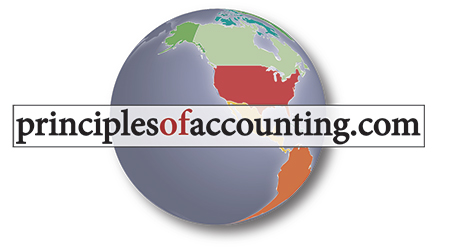
Your goals for this “reporting cycle” chapter are to learn about:
- Preparation of financial statements.
- The accounting cycle and closing process.
- The nature of “optional” reversing entries.
- Classified balance sheets.
- The importance of business liquidity and the concept of an operating cycle.
Chapter 4 shows how adjustments like those from the previous chapter are applied in the development of an adjusted trial balance. Correct financial statements may be prepared from the adjusted trial balance. Sometimes a business may use an optional worksheet to facilitate and document the financial statement preparation process. Several such worksheets are illustrated.
Following completion of an accounting cycle, a business may close its books for the period. This process “zeros out” the balances contained in revenue, expense, and dividend accounts (“temporary accounts”), and transfers the net effect to retained earnings. The temporary accounts are then ready to begin to capture the next period’s activity. The chapter also illustrates the application of optional reversing entries and describes why some businesses may find them beneficial. The chapter closes by illustrating an expanded form of balance sheet. The classified balance sheet results in segregated reporting of key asset and liability categories, and facilitates financial statement analysis such as that pertaining to an evaluation of a company’s liquidity.
